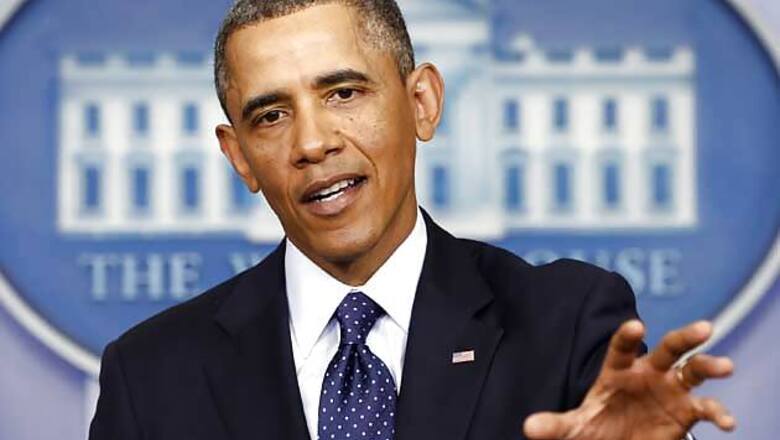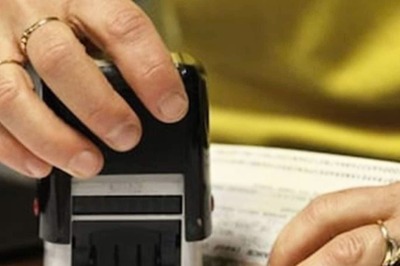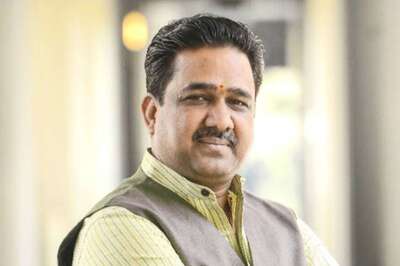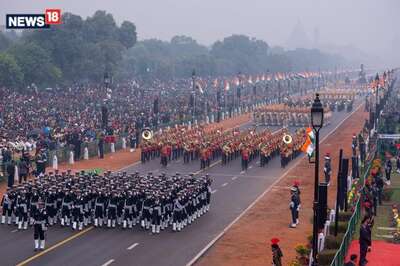
views
Washington: A new facial recognition tool can help find missing children by rapidly matching the pictures of kids with their biological parents.
The tool could be useful to law enforcement and families in locating missing children, researchers said.
A team from the University of Central Florida started the project with more than 10,000 online images of celebrities, politicians and their children.
"We wanted to see whether a machine could answer questions, such as 'Do children resemble their parents?' 'Do children resemble one parent more than another?' and 'What parts of the face are more genetically inspired?'" Graduate Student Afshin Dehfghan said.
"As this tool is developed I could see it being used to identify long-time missing children as they mature," said Ross Wolf, associate professor of criminal justice at UCF.
Wolf said that facial recognition technology is already heavily used by law enforcement, but that it has not been developed to the point where it can identify the same characteristics in photos over time, something this technology
could have the capability to do.
Dehghan is studying how factors such as age and ethnicity affect the resemblance of facial features.
The computer is able to focus on indicators people may not find as significant such as the left eye, the chin and parts of the forehead, said researchers.
By designing an algorithm to focus on specific features, the research team converted the photos into a checker-board of patches and extracted tiny snapshots of the most significant facial parts.
The computer compared all the photos feature by feature and sorted them by the most probable match.
The team found that its programme not only did a better job of matching features of parents and their kids than random chance, but it also outperformed existing software for identifying relatives through photos by 3 to 10 per cent.
The study affirmed that children resemble their parents, often in unseen ways, but that in the majority of cases (63 per cent) sons resemble their fathers more than their mothers, and daughters are more likely to resemble their mothers (82
per cent).
The study will be presented at the IEEE Computer Vision and Pattern Recognition conference in Columbus, Ohio.


















Comments
0 comment